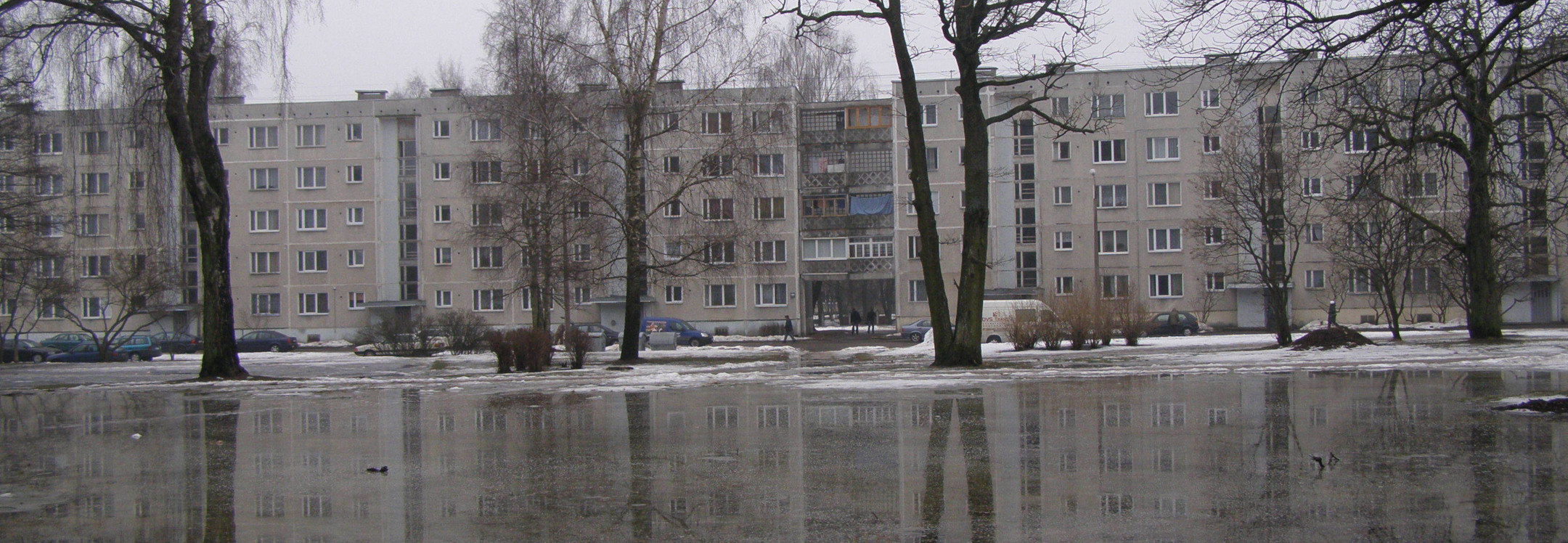The What, How and Why of Overland Floods
Overland flooding is defined as a situation in which water rises and covers ordinarily dry land. Some causes include
- A river overflowing its banks
- A storm surge from a hurricane
- A substantial amount of runoff from snowmelt
- Mechanical failure of a dam or levee
It is important to note that overland flooding is considered a separate problem from other causes of water damage, such as burst pipes or drain backups. This difference is especially important when it comes to insurance coverage.
Generally, overland floods will occur more often when the ground is still frozen or already saturated, such as during the springtime. However, as weather patterns continue to change, these floods are becoming more likely throughout the year.
Within the category of overland flooding, there are two important sub-categories: flash floods and areal floods.
Flash Floods
In a flash flood, water rises or accumulates in a matter of minutes or hours. Causes of flash floods include:
- Strong storms
- Torrential rains
- Mechanical failures such as dams or levees bursting
A sudden, large volume of water travels over dry ground, carrying any contaminants or hazards that it may sweep up. There is little or no time to prepare a property for the oncoming water, and the primary focus is on damage mitigation and recovery.
Areal Floods
An areal flood occurs when rivers, lakes or retaining ponds overflow their banks due to a gradual increase in water volume. Unlike flash floods, areal floods happen more slowly and in stages. The water volume may increase with snowmelt during a spring thaw or in a particularly rainy season. As with a flash flood, areal floodwaters can contain harmful bacteria and other contaminants.
Municipalities and weather services usually provide areal flood warnings and updates on flood stages, allowing nearby property owners to take measures to protect their buildings and material goods.
High-Risk Areas
Any location within a floodplain is at a higher risk of overland flooding. While “floodplain” is defined as “an area of flat land beside a river that regularly becomes flooded when there is too much water in the river,” for insurance purposes this term may also refer to any area susceptible to floodwaters from any source, not just rivers.
Whether a property is located within a floodplain or not, property owners explore flood insurance options to ensure coverage in case of a flood loss.
Other areas susceptible to overland flooding include:
- Coastal regions
- Land near lakes, retaining ponds, and other bodies of water
- Areas that experience heavy seasonal rains
- Areas prone to frequent freeze-thaw cycles
- Low-lying areas, including those below sea level
